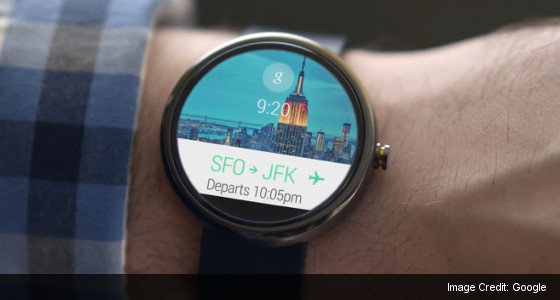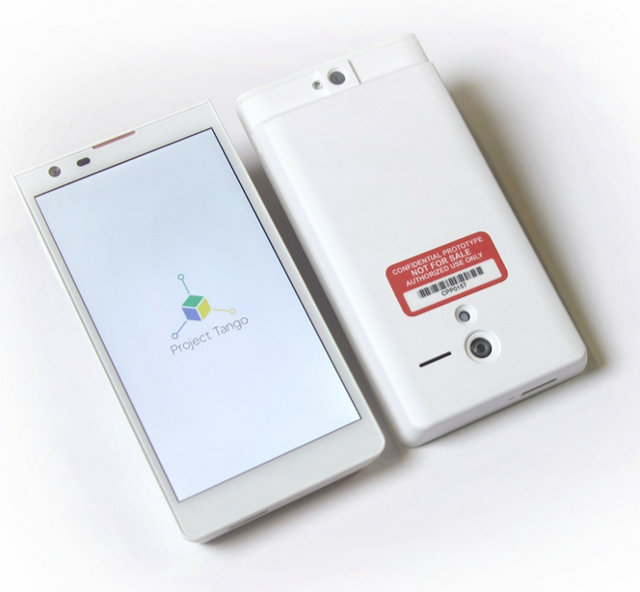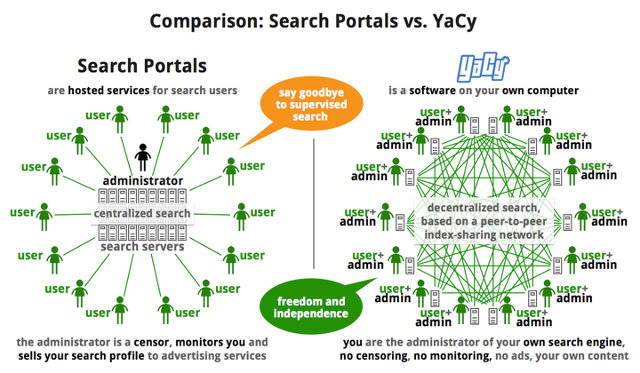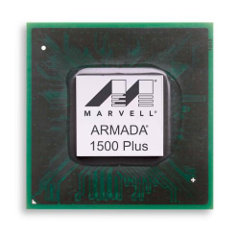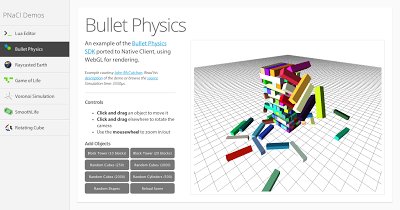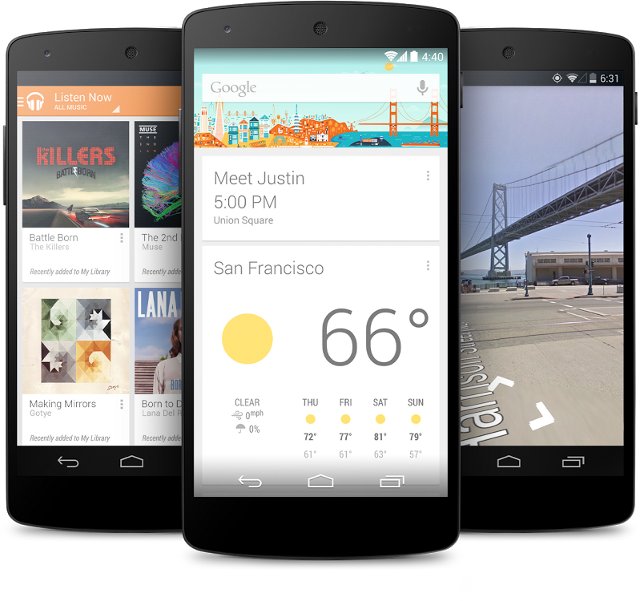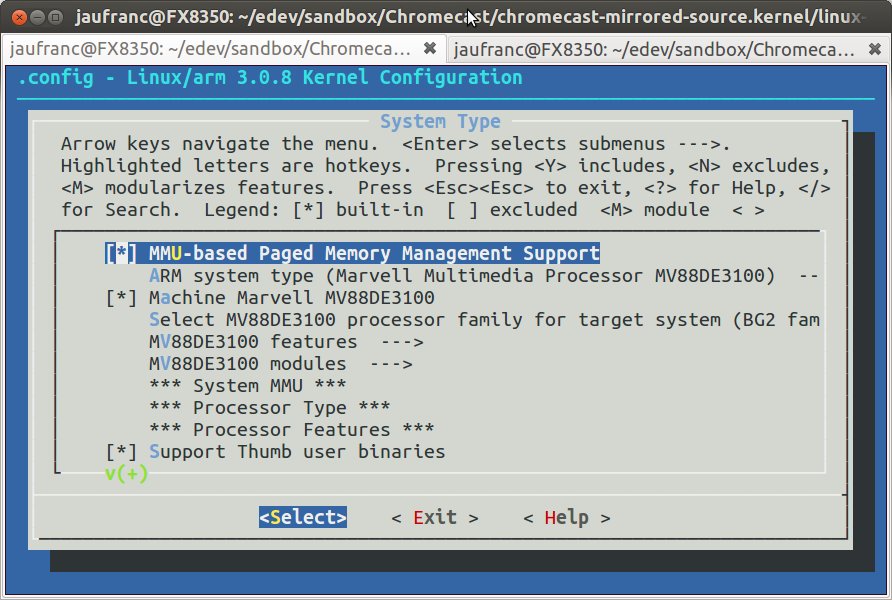Google has just unveiled Android Wear, a project that extends Android to wearables, as well as the developer preview. At first, Google will start with watches, but the project may eventually support other wearables. The smartwatch will be smartphone companion with easy access to voice and contextual data. Google explains Android Wear will provide timely and useful information such as important social updates, or news. You’ll be able to use the familiar “Ok Google” to ask questions or complete tasks (call, SMS, alerts…) with your watch, Android Wear devices will be able to act as health and fitness bands, and they’ll also be used a smart remote to voice-control your phone, TV or Hi-Fi. Some of the first devices to use Android Wear will be Motorola Moto 360 and LG G Watch.But Google plans to work with Asus, HTC, and Samsung as well, chip makers Broadcom, Imagination, Intel, Mediatek and Qualcomm, […]
Selecting the Best Adobe Flash Player in Linux for x86 and ARM
I’ve had countless and recurrent crashes caused by Adobe flash plugin either in Firefox and Chromium, mainly while playing videos from YouTube or other online video services that still mostly use flash, instead of HTML5. Adobe flash death is certain, but up to now it has been soooo slow, so I doubt that thing will truly die any time soon, and unfortunately it will probably be with us for many years to come. To work around the issue, I started by enabling Youtube HTML5 player, and try to play embedded videos inside YouTube instead of the orignal website. I still had crashes from time to time, and this method did not help with other video services. So I decided to check out what I could do to fix the issue. When you go to http://www.adobe.com/software/flash/about/ you can check your flash version, and Adobe will also list the player version for […]
Google’s Project Tango Phone Prototype Generates Real-time 3D Maps
Google ATAP (Advanced Technology and Products), the team who is currently working on Project Ara for Google, and recently moved from Motorola following the acquisition by Lenovo, has also been busy on another project called Tango, which centers around a phone equipped with cameras and sensors capturing 250,000 data points per second to track motion and generate 3D maps in real-time. The prototype is 5” phone with hardware and software customization designed to simultaneously track the 3D motion of the device, and creating a 3D map of the environment. The device runs Android and includes development APIs to provide position, orientation, and depth data to standard Java, C/C++ Android. This is still early development, but the team imagine the technology could be used to easily create a 3D map of your home, facilitating furniture shopping. Other usa cses include indoor navigations, visually-impaired aid, and product location in a store. Augmented reality […]
Yacy P2P Non-Tracking Search Engine and YaCyPi Linux Distribution for Raspberry Pi
With the revelations by Edward Snowden of NSA’s large scale spying programs, people have become more and more aware that there’s very little privacy online, and in 2013 several companies have tried to solve this online privacy issue, by launching services and products such as Onion Pi and Safeplug Tor Server, or even the recently announced privacy-focused Blackphone. One of the best way to get tracked is to use Google or Bing search engines, which use your search data to deliver relevant ads. Yacy, a peer-to-peer search engine, tries to solve this issue. You can install it on your computer, and you’ll soon be able to run YaCyPi on your Raspberry Pi. The search engine is described as follows: YaCy is a free, as in open source, search engine that anyone can use to build a search portal for their intranet or to help search the public internet. When contributing to […]
Marvell Unveils ARMADA 1500 Plus (88DE3108) SoC for Android and Linux Smart Video Platforms
Building on top of it ARMADA 1500 SoC for Google TV, Marvell has recently announced the ARMADA 1500 Plus (88DE3108) HD secure media processor SoCdesigned for smart video products based on Android 4.2.2, and Linux, such as media players, OTT boxes, hybrid set-top boxes and smart TVs. ARMADA 1500 Plus features two ARM Cortex A9 cores, Vivante GC1000 and GC300 GPUs, respectively for 3D and 2D graphics, and integrates an HDMI receiver and Gigabit Ethernet. Hisense will be among the first to use the platform with the upcoming H6 Smart TV and Pulse Pro set-top-box, but details have yet to be released for these two products. Here are the key features of 88DE3108 SoC: Processor – Dual core Cortex A9 with over 6000 Dhrystone MIPS Dedicated 3D and 2D graphics acceleration – dual threaded unified shader (Vivante GC1000 and GC300) with support for OpenGL ES 1.1/2.0 and DirectFB. Video vMeta […]
Google’s Portable Native Client Builds Architecture Independent Executable for Portability, and Better Performance
Native Client (NaCl) allows to build native C and C++, and runs it in the browser for maximum performance. Applications such as photo editing, audio mixing, 3D gaming and CAD modeling are already using it. The problem is that you have to build the code for different architecture such as ARM, MIPS or x86. To provide a portable binary, Google announced the Portable Native Client (PNaCl, pronounced pinnacle), which “lets developers compile their code once to run on any hardware platform and embed their PNaCl application in any website”. Instead of compiling C and C++ code directly to machine code, PNaCl generates a portable bitcode executable (pexe), which can be hosted on a web server. Chrome then loads this executable, and converts it into an architecture-specific machine executable (native executable – nexe) optimized for the device where the code runs. Bullet physics simulators (Shown below) and Lua interpreters are two […]
Google Announces LG Nexus 5 Smartphone with Android 4.4 KitKat
Google has partnered with LG and Nestle to bring to market the latest Nexus 5 smartphone featuring Android 4.4 “Kitkat”, the latest, and brand new, release of Android. Let’s first have a look at the device, and then we’ll go through the new features and improvement brought by Android 4.4. LG Nexus 5 Nexus 5 has the following technical specifications: SoC – Qualcomm Snapdragon 800 @ 2.26GHz with Adreno 330 GPU @ 450MHz System Memory – 2GB RAM Storage – 16 to 32 GB flash, but no microSD slot Display – 4.95″ touchscreen display with 1920×1080 resolution, Gorilla Glass 3 Connectivity – Dual band 802.11a/b/g/n/ac WiFi (2.4G/5G), Bluetooth 4.0, NFC, and GPS Celullar Networks – 2G/3G/4G LTE. GSM, CDMA, WCDMA, and LTE in North America, and GSM, WCDMA, and LTE for the rest of the world. Camera – 8MP rear camera with Optical Image Stabilization (OIS) and 1.3MP front camera […]
Chromecast Open Source Code: Linux Kernel, Toolchain, Bootloader, and More
Google has made quite a stir by introducing Chromecast, and entering the HDMI TV Stick market. We already know the device is based on Marvell 88DE3005 SoC with 512 MB, and since the product are already been shipped to customers in the US, it was just a question of time before the release of the open source code, and everything you need appears to be available at https://code.google.com/p/chromecast-mirrored-source/ Let’s have a look at what we have in the different repositories: Wiki – Empty… Kernel – Linux 3.0.8 source code Prebuilt – Binary toolchain: arm-unknown-linux-gnueabi-4.5.3-glibc Toolchain – Source code for the toolchain above. External – Source code for alsa-libs, dnsmask, libexit and nss sdk – bootloader and DirecFB 1.6.1 vendor – Looks like qt source used in some netflix app (not sure) Chromium – README explaining how you can download Chromecast Chromium source code: 1.8GB tarball + you need to contact […]


